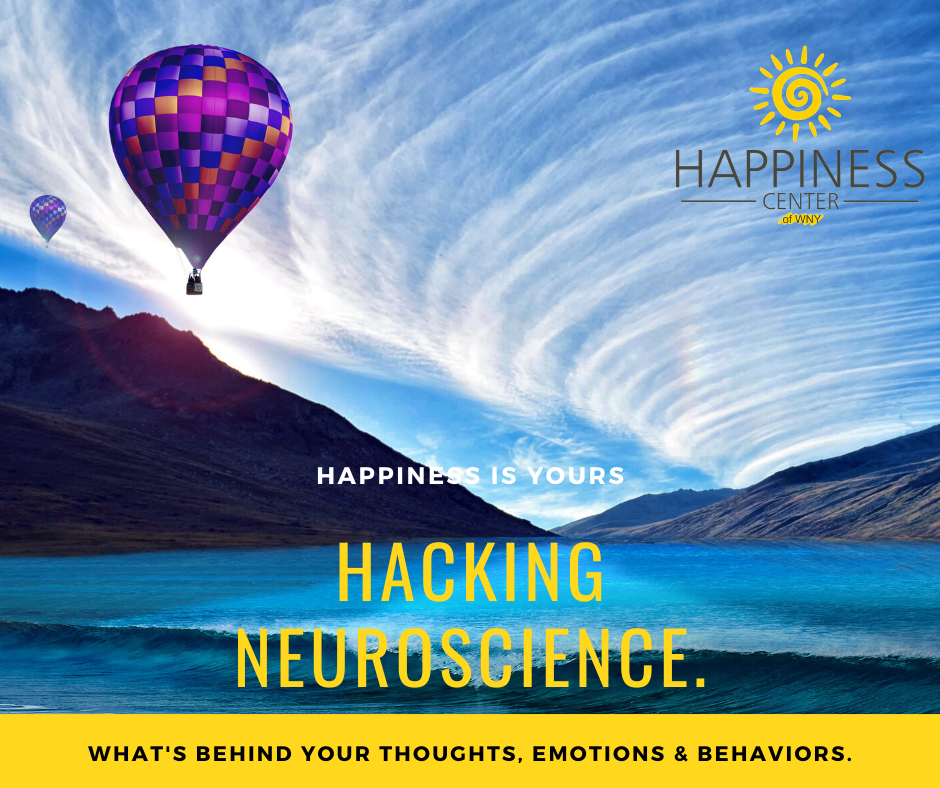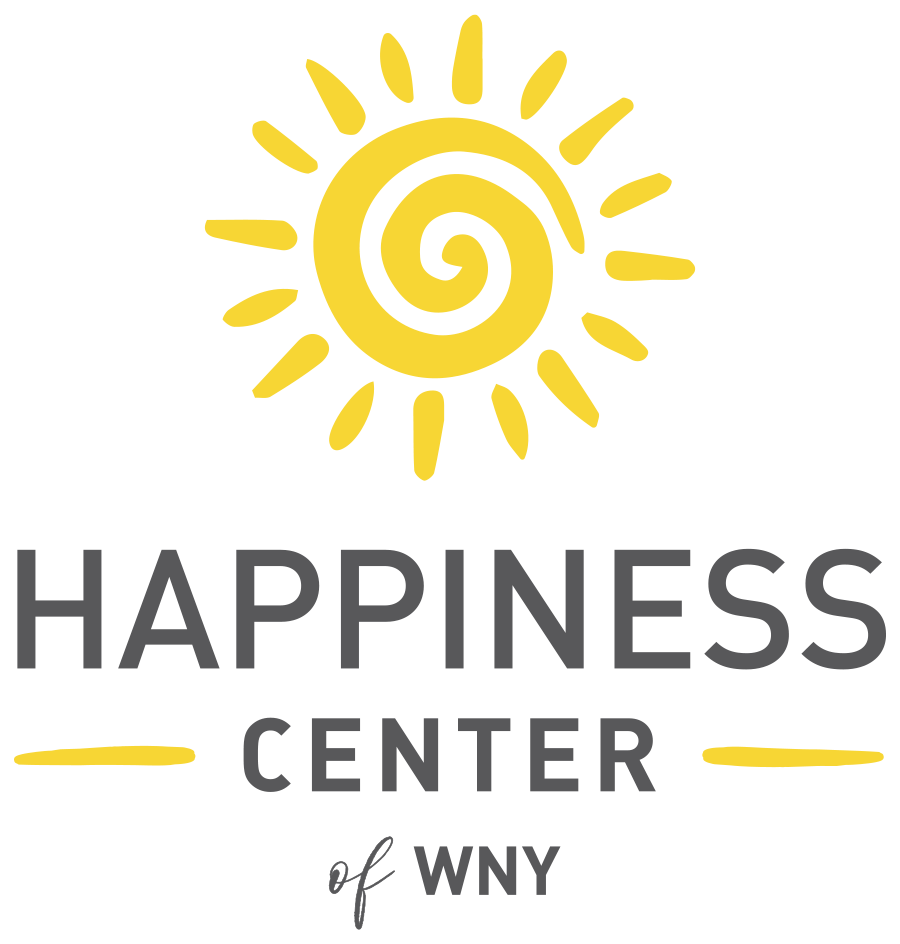
When I was the Executive Director at Explore & More and the project to move the museum to the waterfront changed significantly (for the —nth time), I dramatically flung myself on my bed, cried out loud, “I’m such a freaking failure.” Thoughts whirled in my head, “Why can’t I make this work?” “Why can’t I talk so people will listen?” “What the heck is wrong with me?” The reality is, the project changed because of forces beyond my control, not because I failed. Somehow, I thought I could change things, and started beating myself up that I could not.
And that wasn’t my first rodeo. When my father was dying of cancer and was in significant pain, I couldn’t shut off my brain. “Why can’t I figure out how to stop his pain?” “What could work?” I bought him meditation programs, heat pads, ice packs, and more. I researched water therapy, doctors, you name it. I knew logically that if specialists in pain management couldn’t stop the pain, I didn’t have a chance. But I felt like I failed him.
I now know that I was caught in what I call a “Tornado of Negativity” – negative thoughts brought up negative emotions, which brought up negative thoughts, which brought up negative emotions. Faster and faster they swirled through my brain. Then I mixed action into the spiral. My thoughts and emotions swirled – taking away my ability to see reality and truly make the difference I wanted to make.
And, I know I am not alone. I coach people all the time who are trapped in their own tornados and can’t get out.
WHY do we do this to ourselves? Are we crazy to be hurting ourselves?
Yes, but not really…
It all comes down to neuroscience and the neuropathways in our brain.
Our brains are hard-wired to be negative – to look out for danger – especially when we are unsure. When we are in stress, we slide into that negativity. It’s part of being human.
Our brains’ neuropathways are like water flowing through sand. If there’s a low spot, the thought – just like the water – will go there. And it will keep going there, making the neuropathway stronger. Neuropathways, like water in sand, make the path in the sand lower and larger, meaning more water goes there, and it goes there more frequently.
This isn’t all bad. Actually, our neuropathways are fantastic. They are the shortcuts that help us move, eat, brush our teeth, exercise, read and so much more! They make living fully possible. Imagine having to think every time you wanted to get out of bed. I’m going to move my arms, then my legs, then twist my back to sit up, then use my hand to throw back the covers, by moving two fingers this way and my thumb that way… We’d never be able to get out of bed!
The goal is to trick our neuropathways to weaken the ones that don’t help us and create new ones that make our lives fuller, richer and better. It’s finding ways to change that tornado of negativity into a positive spiral… to Spiral UP!
It’s simple, but that doesn’t mean it’s easy.
To trick our neuropathways, we have to see things in a new way, and we need to fully acknowledge our thoughts, emotions and behaviors. Not always easy; sometimes it can feel like stopping Niagara Falls.
What keeps the tornado going are the connections between how we think, feel and act. Our thoughts can change our behaviors and emotions. AND our emotions can change our thoughts and behaviors. AND our behaviors can change our thoughts and emotions.
Did you get that? It’s one big interwoven network. The neuropathways from the negative thoughts bring up negative emotions and result in negative behaviors and vice versa. All of these together strengthen the negative neuropathways. UGH.
Let’s take a simple example. Every day, Fred pushes your buttons. You hear the same snide comment repeatedly, and you REALLY are starting to dislike him. You make a snide comment back, and then he makes one and so on. It’s a never-ending loop. What if you STOPPED the loop? There are simple (but not always easy) ways to break down your thoughts and emotions, which will change your actions.
Finally, there is something even MORE amazing about neuropathways: Neurogenesis. We can CREATE new pathways all by ourselves. This is life changing. We can think ourselves to a happier place! Meditations, mantras, rituals, routines and more can all make our lives more fulfilling and happier.
Our brains are fascinating structures that researchers are learning more about each day! And each day, we have the chance to teach ourselves how to have the best possible brain!
